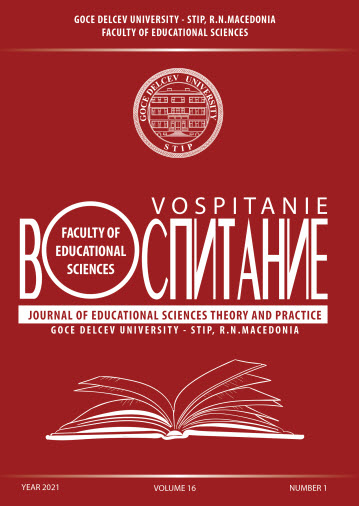ASSOCIATION BETWEEN SOCIOECONOMIC STATUS AND THE BODY MASS INDEX OF 6 TO 9-YEAR-OLD CHILDREN IN URBAN AND RURAL AREAS
ASSOCIATION BETWEEN SOCIOECONOMIC STATUS AND THE BODY MASS INDEX OF 6 TO 9-YEAR-OLD CHILDREN IN URBAN AND RURAL AREAS
Author(s): Snezana Stavreva VeselinovskaSubject(s): Education
Published by: Универзитетот „Гоце Делчев“, Факултет за образовни наук
Summary/Abstract: Overweight and obesity are leading to nutrition-related disorders of clinical and public health concern. Assessment and classification of these conditions are dependent on specific body mass index (BMI; in kg/m2) cutoff points. The body mass index (BMI) is the metric currently in use for defining anthropometric height/weight characteristics in adults and for classifying (categorizing) them into groups. The common interpretation is that it represents an index of an individual’s fatness. It also is widely used as a risk factor for the development of or the prevalence of several health issues. In addition, it is widely used in determining public health policies. The BMI has been useful in population- based studies by virtue of its wide acceptance in defining specific categories of body mass as a health issue. However, it is increasingly clear that BMI is a rather poor indicator of the percentage of body fat. Importantly, the BMI also does not capture information on the mass of fat in different body sites. The latter is related not only to untoward health issues, but to social issues as well. Lastly, current evidence indicates there is a wide range of BMIs over which mortality risk is modest, and this is age related. All of these issues are discussed in this brief review.
Journal: Воспитание / Vospitanie - Journal of Educational Sciences, Theory and Practice
- Issue Year: 16/2021
- Issue No: 1
- Page Range: 9-25
- Page Count: 17
- Language: English

